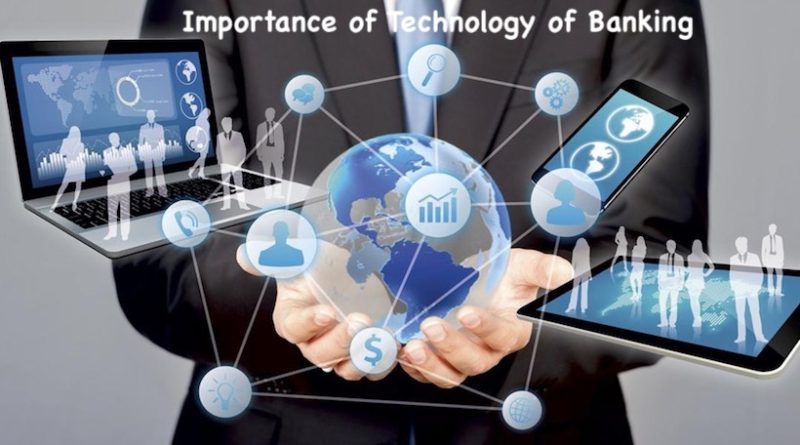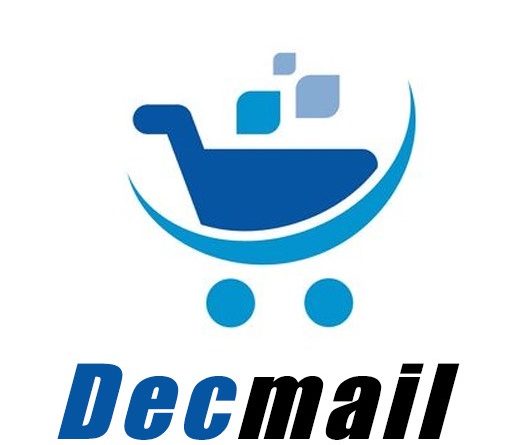What Are The Benefits Of Technology In Banking And Finance?

In the fast-paced world of finance, technology has become an indispensable tool, reshaping the landscape of banking and financial institutions. This article explores the numerous advantages of technology in the banking and finance sector, shedding light on how these innovations are revolutionizing the industry.
The Digital Transformation Of Banking And Finance
The banking and finance industry has undergone a significant transformation over the past decade, thanks to technology. Online banking platforms have become increasingly prevalent, providing customers with the convenience of managing their finances from the comfort of their homes.
The rise of mobile banking apps has further accelerated this shift, allowing users to conduct transactions, check balances, and even invest on the go.
The Impact of Fintech Companies
Alongside traditional banking institutions, fintech companies have emerged as disruptive forces in the industry. They leverage technology to offer innovative financial solutions, challenging traditional banking norms.
Fintech startups have introduced peer-to-peer lending, digital wallets, and robo-advisors, among other services, revolutionizing how people access and manage their finances.
Enhanced Efficiency and Convenience
Technology has ushered in a new era of efficiency and convenience in banking and finance.
Streamlined Transactions
One of the standout benefits of technology is the streamlining of financial transactions. Gone are the days of waiting in long queues at the bank. With online banking, transferring money, paying bills, and conducting international transactions have become swift and hassle-free processes. This efficiency not only saves time but also reduces the margin for error.
24/7 Accessibility
The digitalization of banking services means that customers can access their accounts and perform transactions 24/7. This round-the-clock availability ensures that customers are not bound by banking hours, making it more convenient for them to manage their finances.
Paperless Operations
Technology has also contributed to the move toward paperless operations. Electronic statements, digital signatures, and online document management have reduced the reliance on physical paperwork. This not only saves resources but also minimizes the risk of document loss or damage.
Improved Customer Experience
Enhancing the customer experience is a priority for banks and financial institutions, and technology plays a pivotal role in achieving this goal.
Personalized Services
Advancements in data analytics allow banks to understand their customers’ financial behaviors and preferences better. This knowledge enables them to offer personalized services and product recommendations. Customers now receive tailored financial advice and offers based on their unique needs, increasing satisfaction and loyalty.
Enhanced Security Measures
Technology has brought about significant improvements in security measures within the banking and finance sector. Biometric authentication, multi-factor authentication, and encryption technologies have made online transactions more secure than ever. Customers can now have confidence in the safety of their financial data.
Data-Driven Decision Making
Data is often referred to as the new currency in the digital age, and banks are capitalizing on it for informed decision making.
Big Data Analytics
The vast amount of data generated by financial transactions and customer interactions is analyzed using big data analytics. This analysis provides valuable insights into market trends, customer behavior, and risk assessment. Banks can use this information to make data-driven decisions in areas such as lending, investment, and product development.
Predictive Analytics
Predictive analytics is another valuable tool that technology brings to the table. It allows banks to forecast future trends and potential risks accurately. By identifying patterns and anomalies in data, financial institutions can proactively address issues and optimize their operations.
Risk Management
Effective risk management is critical in the banking and finance industry. Technology has enabled banks to implement advanced risk assessment models, reducing the likelihood of financial crises. Real-time monitoring and automated risk mitigation strategies help maintain the stability of the financial system.
Financial Inclusion and Accessibility
Technology has played a pivotal role in advancing financial inclusion and accessibility.
Expanding Reach
The reach of traditional banking services is often limited by physical branches and infrastructure. However, technology has allowed banks to expand their reach to previously underserved areas. With the proliferation of smartphones and internet access, even remote communities can now access banking services.
Microfinance and Digital Payments
Microfinance institutions have leveraged technology to provide financial services to individuals and businesses in need. Additionally, digital payment platforms have made it easier for people to make transactions, pay bills, and receive payments electronically, reducing the reliance on cash.
The Role of Blockchain and Cryptocurrency
Blockchain technology has introduced decentralized and secure ledger systems. It has implications beyond cryptocurrencies, such as Bitcoin. Blockchain is being used for secure record-keeping, supply chain management, and even voting systems, further enhancing transparency and trust in financial transactions.
Regulatory Compliance and Security
Ensuring regulatory compliance and security in the banking and finance sector is paramount.
KYC and AML Compliance
Technology has simplified the Know Your Customer (KYC) and Anti-Money Laundering (AML) processes. Automated identity verification and transaction monitoring tools assist banks in complying with regulations while deterring financial crimes.
Cybersecurity Measures
With the growing threat of cyberattacks, cybersecurity measures have become a top priority. Banks and financial institutions invest heavily in cybersecurity technologies to protect their systems and customer data. Continuous monitoring, threat detection, and incident response plans are crucial components of cybersecurity strategies.
Blockchain in Regulatory Reporting
Blockchain technology is also making regulatory reporting more efficient. It offers transparent and immutable records of transactions, simplifying auditing and compliance checks. Regulators can access real-time data, reducing the need for extensive paperwork and manual audits.
Future Trends in Banking and Finance Technology
As technology continues to evolve, so does its impact on the banking and finance sector.
Quantum Computing
Quantum computing holds the promise of solving complex financial calculations and risk modeling at speeds that were previously unimaginable. This technology could revolutionize portfolio optimization, algorithmic trading, and fraud detection.
Decentralized Finance (DeFi)
Decentralized finance, or DeFi, is gaining traction, offering decentralized alternatives to traditional financial services. Smart contracts, decentralized exchanges, and lending platforms are challenging traditional banking models.
Green Finance and Sustainable Banking
Environmental and social considerations are becoming integral to the financial industry. Technology is facilitating the growth of green finance, allowing for the measurement and management of environmental risks and opportunities.
Conclusion
In conclusion, technology has significantly reshaped the banking and finance industry, offering numerous benefits such as enhanced efficiency, improved customer experience, data-driven decision making, financial inclusion, and security.
As technology continues to advance, it will open up new opportunities and challenges for the sector. Staying ahead of these technological trends and leveraging them effectively will be crucial for banks and financial institutions to remain competitive and provide the best services to their customers.
Read Also : What Are The Benefits Of Technology In Banking And Finance?




